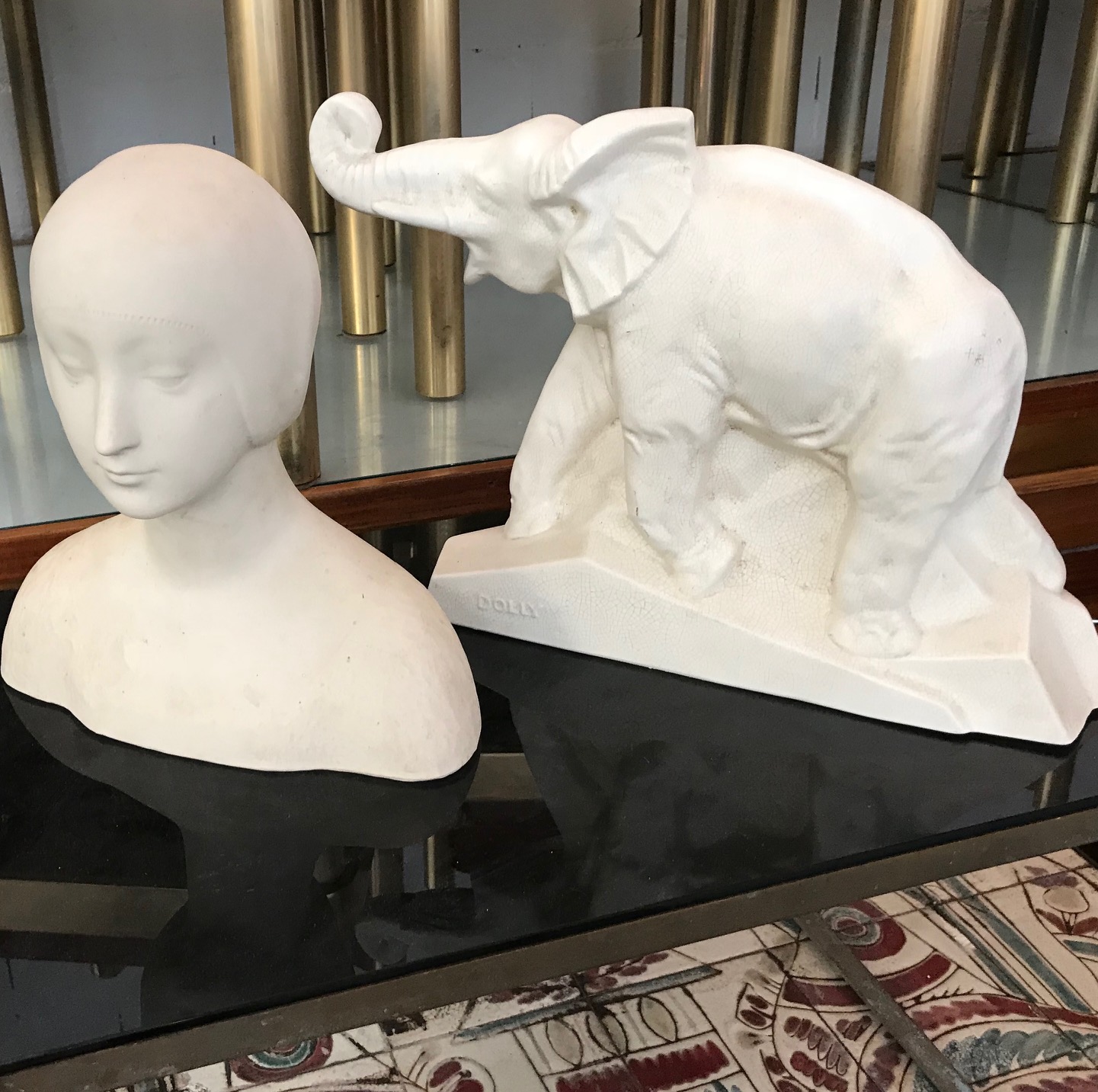In Paris last month, I received an invitation to tour a wholesalers’ professional warehouse, chock-full of decorative arts.
It was from Michael Wilson, who opened and decorated 57 European stores for Ralph Lauren from 1989 to 1995. He’s slowed down a bit now though, a professional engaged in decorating private homes.
“I started working with an American woman from Baton Rouge – she was my first client,” he says. “I was buying for her – I found all the small things that made her house a home, because that’s what I was doing for Ralph Lauren.”
Before long, Wilson was decorating homes for Jon Bon Jovi, David Lynch and Annie Leibovitz, among others. “I have never really called anyone – they call me,” he says. “It’s all word of mouth, with no advertising.”
So, I thought to myself, who could turn down an invitation like that? And before long, we were tooling along the Champs-Élysées, skirting the Arc de Triomphe and heading straight for the Paris Flea Market.
“It’s a funnel for everything comes through Paris – there are 200 to 300 sellers that come and deliver furniture every Friday morning,” he says. “There are probably 1,200 dealers at the market, with 1,500 stores.”
We weren’t going to the flea market, though, but to a nearby, two story warehouse. “It’s a secret – if you want to buy like a professional, you go there,” he told me. “It’s where you want to start, and you have to know a dealer or someone like me – very few interior designers know anything about this place.”
About 40 wholesalers operate out of it, each specializing in different period pieces from the past five centuries. And the prices are astoundingly low, because this is one of the lowest rungs on the ladder of the market. From here, an authentic, Le Corbusier-designed, chrome-and-leather, LC-3 lounge chair might start out at €2,000, then sell for €5,000 in the flea market. By the time it reaches a showroom on Madison Avenue, it might be accompanied by a $50,000 price tag.
Then there’s the sterling silver, Art Deco tea service we paused to admire. It was priced at €400, and would likely fetch €1,500 anywhere in the flea market. But that won’t happen, since Wilson quickly snapped it up for a client, paying €300. In the states, it might sell for $3,000 to $5,000.
If the prices are low, there’s good reason. “They’re wholesalers,” he says. “They determine price based on what they pay for the piece, and knowing who the designer is and their importance in the design world.”
There are pieces by Mies, Breuer and Thonet, all side by side in one room. But knowing what’s authentic and what’s not is the real trick here. And that’s where Wilson’s expertise comes into play for clients.
“My value is my experience, my taste and my ability to guide them,” he says. “I like collecting the pieces – I like to hunt and find something that’s undervalued. It’s really an adventure.”
That goes for the flea market too. “It’s the best place in the world to buy – it’s about learning the secrets and finding something new every day and figuring out what it is,” he says. “I bring passion to it – it has nothing to do with money, although I do charge more than my competitors.”
His fees? €1,000 a day, plus 20 percent (10 percent for interior designers).
And worth every cent, I’d say. After all, this is the guy who found in the flea market an authentic portrait of Thomas Jefferson, painted in 1789, right before the future president returned to America – and right after he fervently urged on French revolutionaries in his Paris salon.
For more information, email me at mike@architectsandartisans.com
[slideshow id=1945]


